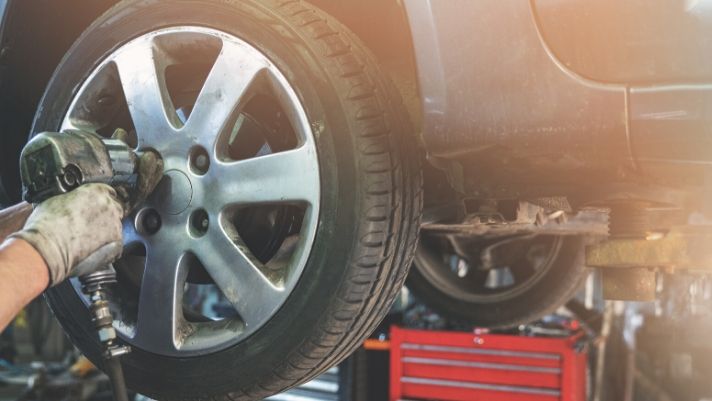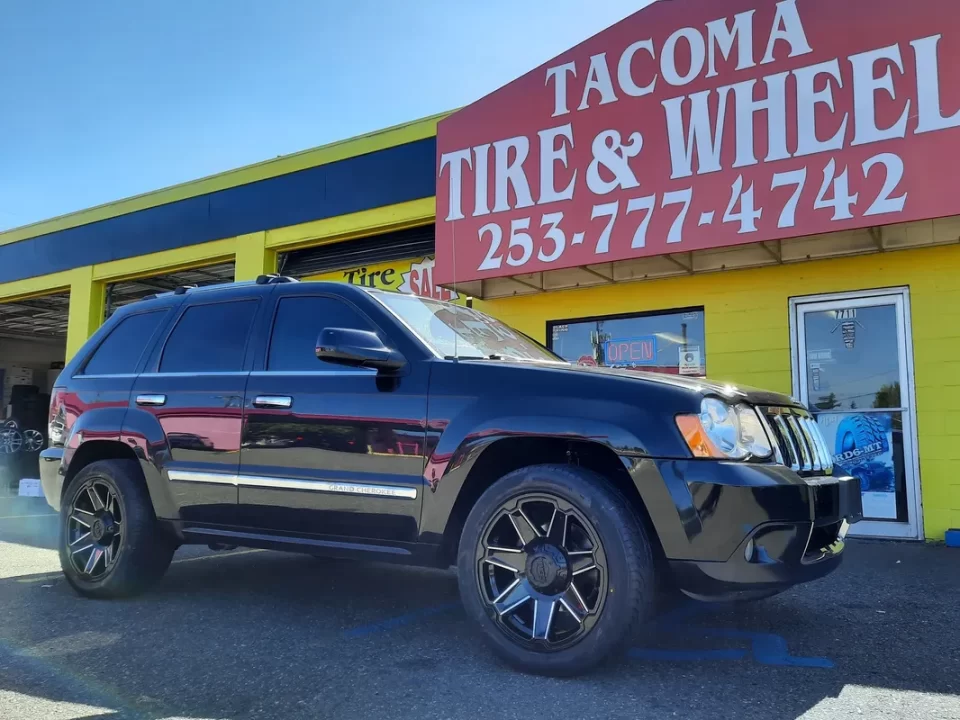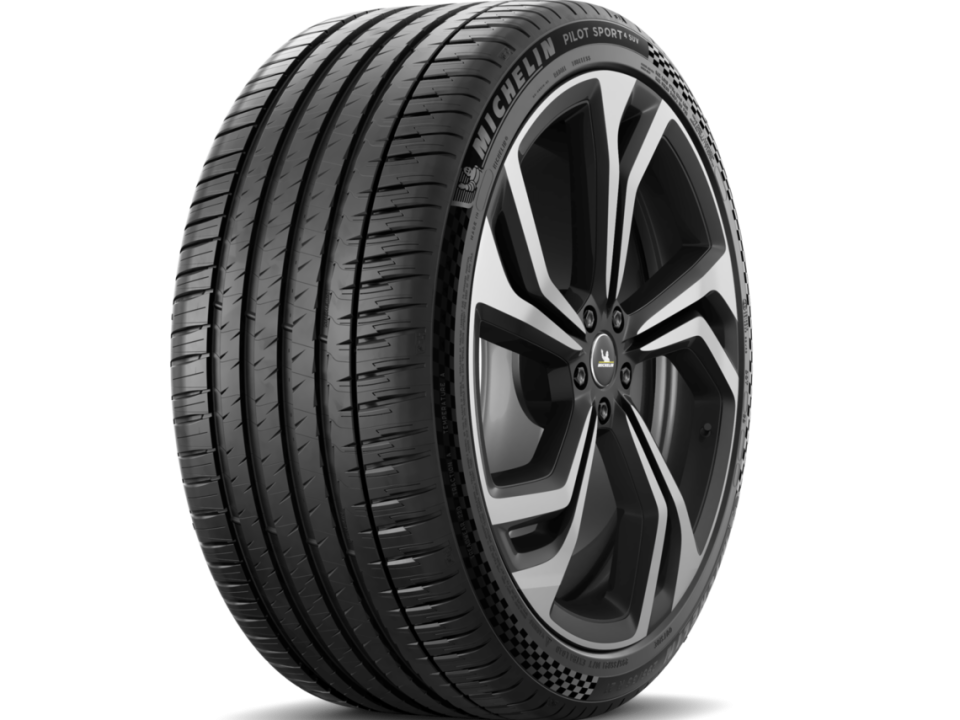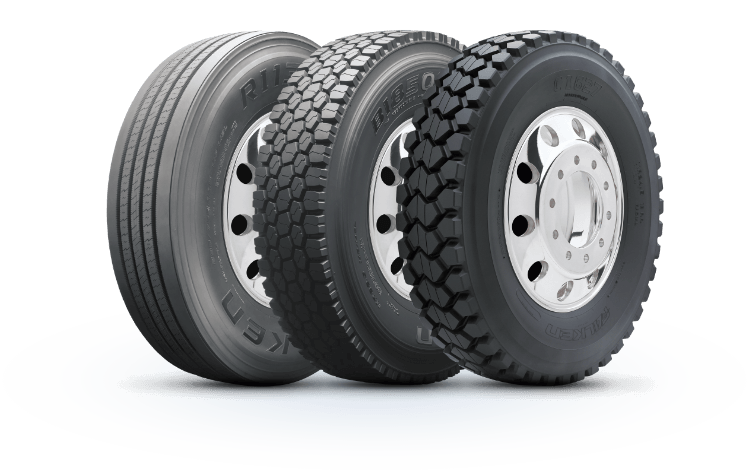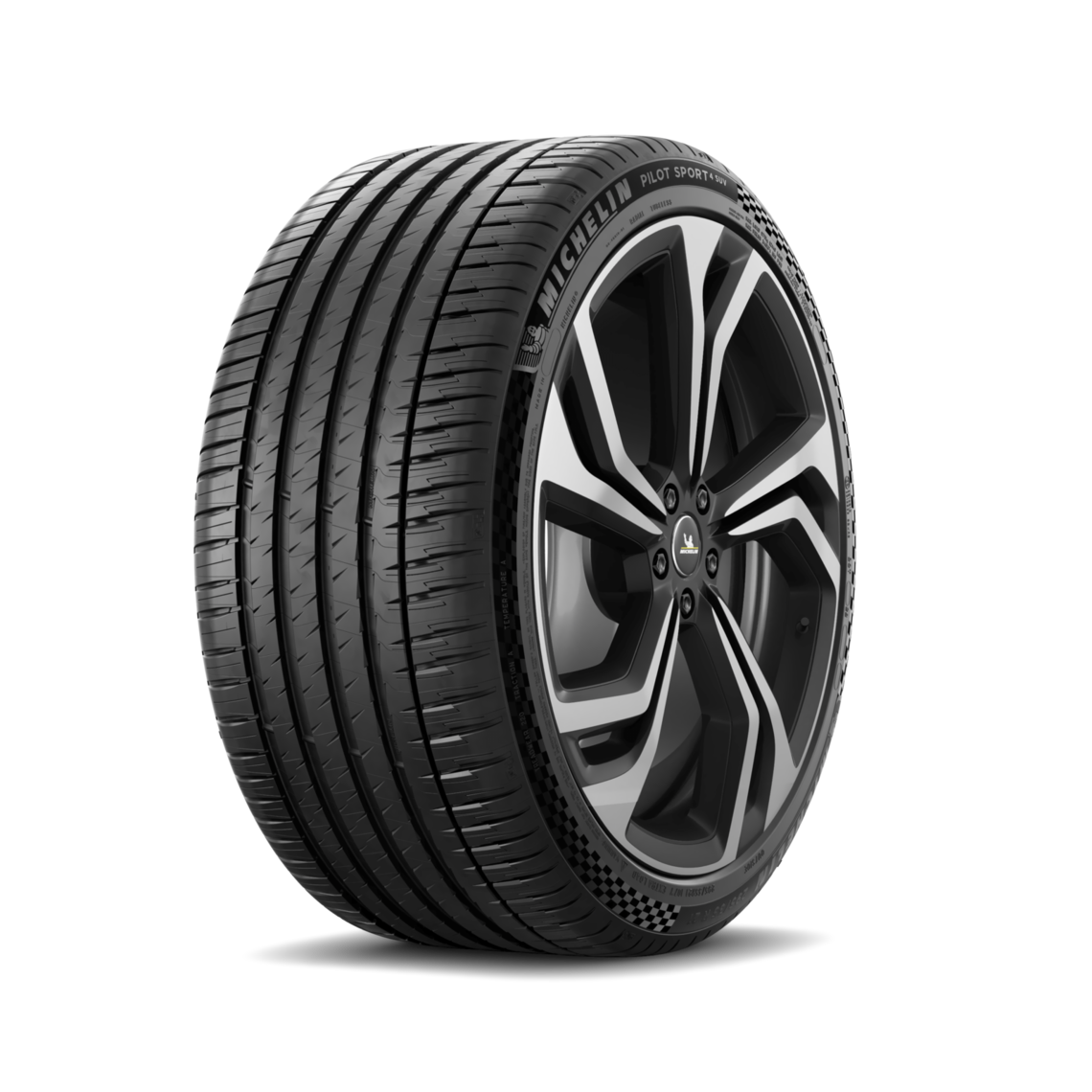
Enhancing Performance and Style: The Symbiotic Relationship Between Rims and Tires
December 13, 2023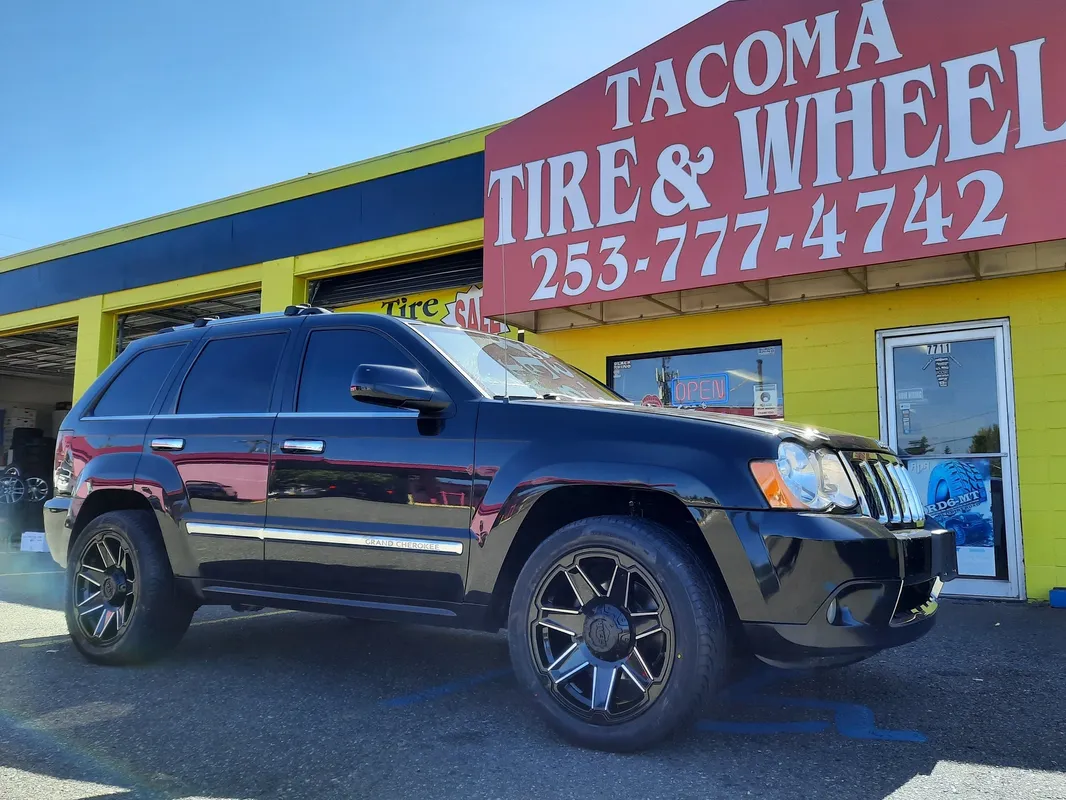
Tire Care 101: Essential Maintenance Tips for Prolonged Lifespan
December 13, 2023Introduction: Wheel alignment is a critical yet often overlooked aspect of vehicle maintenance. It’s more than just adjusting the wheels; it’s about ensuring optimal tire wear, precise steering, and overall driving comfort. Understanding the importance of wheel alignment can significantly impact a vehicle’s performance and longevity on the road.
- What is Wheel Alignment?
- Define wheel alignment as the adjustment of the angles of the wheels to manufacturer specifications.
- Explain the significance of proper alignment in maintaining stability, tire wear, and fuel efficiency.
- Types of Wheel Alignment
- Discuss the three primary types of wheel alignment: toe, camber, and caster.
- Explain how each alignment type influences tire wear and vehicle handling.
- Signs of Misaligned Wheels
- Highlight common symptoms of misaligned wheels, such as uneven tire wear, pulling to one side, or steering wheel vibrations.
- Discuss the potential dangers of driving with misaligned wheels and their impact on safety.
- Causes of Wheel Misalignment
- Explore factors contributing to wheel misalignment, including potholes, curb impacts, worn suspension components, and improper installation.
- Explain how regular driving and wear and tear can gradually affect alignment.
- The Alignment Process
- Detail the steps involved in a professional wheel alignment procedure, from initial inspection to adjustment.
- Explain the use of specialized equipment to ensure precision and accuracy in alignment settings.
- Benefits of Proper Wheel Alignment
- Discuss the advantages of maintaining correct wheel alignment, such as extended tire lifespan, improved fuel efficiency, and enhanced vehicle handling.
- Highlight how alignment contributes to a smoother and safer driving experience.
- DIY Alignment Checks and Adjustments
- Offer basic tips for drivers to conduct simple alignment checks at home, such as visual inspections and checking steering wheel centering.
- Caution against attempting full alignment adjustments without proper tools or expertise.
- When to Seek Professional Alignment Services
- Guide readers on when to opt for professional alignment services, considering factors like uneven tire wear, vehicle pulling, or after significant impacts.
- Stress the importance of regular alignment checks as part of routine vehicle maintenance.
- Alignment and Other Maintenance Practices
- Emphasize the interconnectedness of alignment with other maintenance tasks like tire rotations, suspension checks, and steering component inspections.
- Explain how a holistic maintenance approach contributes to overall vehicle health and performance.
- The Cost of Misalignment
- Discuss the potential long-term costs associated with neglecting wheel alignment, including premature tire wear and suspension damage.
- Encourage readers to view alignment as an investment in their vehicle’s longevity and safety.
Conclusion: Wheel alignment isn’t just about keeping wheels straight; it’s a fundamental aspect of vehicle maintenance that directly impacts safety, performance, and longevity. Understanding its significance and knowing when to seek professional alignment services can significantly enhance a vehicle’s overall health and ensure a smoother, safer, and more cost-effective driving experience. Prioritizing regular wheel alignment checks as part of routine maintenance is an investment in both the vehicle’s well-being and the driver’s peace of mind on the road.
